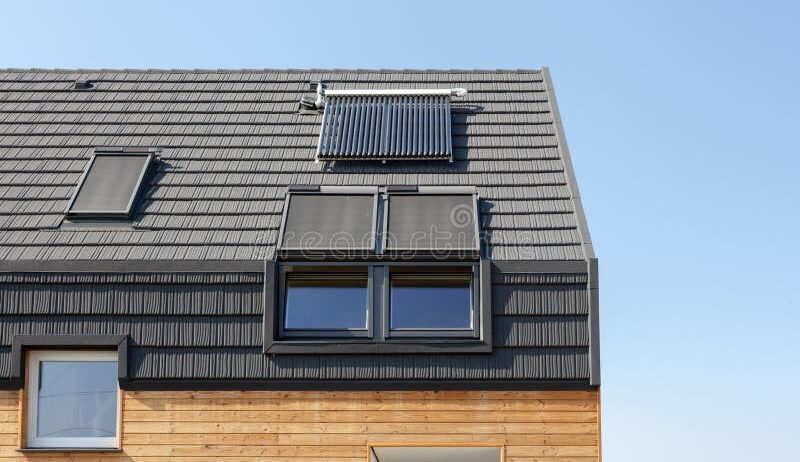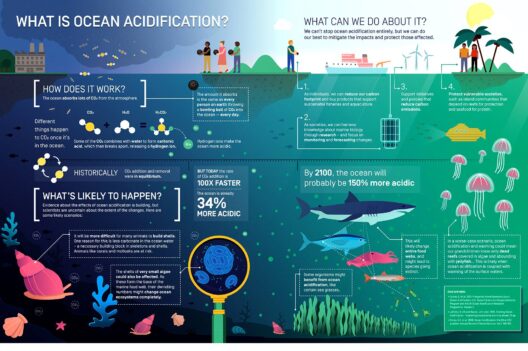When you gaze upward, what do you see? A dull, weathered surface? Or perhaps a vibrant, energy-efficient roof gleaming in the sunlight? This whimsical question leads us to explore a significant topic: Does putting on a new roof actually conserve energy? Unraveling this query involves delving into various aspects of roofing materials, designs, and their implications for energy efficiency.
Firstly, it is essential to recognize the basic role of a roof. It’s not just a structural element; it plays a pivotal role in home insulation and energy conservation. The energy efficiency of your home predominantly hinges on how well your roof manages heat transfer, both in winter and summer. This is where the concept of ‘reflectivity’ and ‘insulation’ comes into play. Modern roofing materials are often designed with these properties in mind, challenging the age-old notion of roofs merely serving as protective barriers.
Are you aware of the term ‘cool roofs’? These innovative roofing systems are engineered to reflect more sunlight than conventional roofs, thus reducing heat absorption. They can be made from various materials, including reflective tiles, shingles, or even coatings. But do they significantly impact energy consumption? Yes, they do. The decrease in heat absorption translates to a reduced need for air conditioning during scorching summer months. Consequently, homeowners may witness a notable reduction in their electricity bills.
However, not all roofs are created equal in energy efficiency. While some materials excel at reflecting sunlight, others might inherit the stubborn trait of heat retention. Traditional asphalt shingles, for instance, are notorious for absorbing heat. Upgrading to a roof with high solar reflectance can be initially costly but poses an exciting proposition for long-term energy savings. Imagine a homeowner faced with the dilemma: Is the upfront investment worth the promise of reduced energy costs?
Moreover, the significance of insulation cannot be overstated. A well-insulated roof minimizes energy loss during winter. Insulation materials, such as spray foam or cellulose, can be installed alongside new roof systems to further enhance energy efficiency. This dual approach to roofing – integrating high-quality materials and appropriate insulation solutions – can significantly reduce energy wastage. Yet, this calls attention to whether the average homeowner is aware of the critical role insulation plays in this equation. Are they willing to invest in an integrated solution?
Another vital consideration in this discourse is the geographical context. Climate factors heavily influence the effectiveness of roofing systems. For instance, homeowners in warmer regions might prioritize reflective materials, while those in colder climates might benefit from insulative roofing types. This begs an intriguing question: How does regional climate impact the decision-making process for homeowners looking to install new roofs? Adaptability and local environmental awareness emerge as crucial themes here.
Ventilation also warrants attention when discussing roofing and energy conservation. Adequate roof ventilation maintains a balance in air circulation, crucial in both summer and winter. In summer, proper ventilation can prevent the attic from overheating, which can lead to stress on the cooling system. In winter, it helps in avoiding ice dam formation, thus preserving roof integrity. But is the typical homeowner cognizant of the role ventilation plays in enhancing energy efficiency? This is often overlooked, posing another challenge for effective energy conservation.
Through the lens of technology, we see the emergence of smart roofing systems equipped with sensors and IoT capabilities. These systems can adjust characteristics based on environmental conditions, optimizing energy conservation on-the-fly. The integration of such technologies introduces a new layer of complexity to our initial question. Are traditional methods of roofing becoming obsolete in the face of such advancements? The modern consumer may find themselves at a crossroads, grappling with tradition versus innovation.
Furthermore, we cannot ignore the environmental implications of roofing choices. The production and disposal of roofing materials contribute to carbon emissions and landfill waste. Opting for sustainable materials like recycled metal or slate can significantly lower an individual’s carbon footprint. However, there’s an inherent challenge: the dichotomy between eco-friendliness and cost. How can homeowners navigate this seemingly contradictory landscape while aiming for energy conservation?
To synthesize these diverse elements, we must revisit the overarching question: Does putting on a new roof actually conserve energy? The answer, as evidenced by the unfolding analysis, is not black and white. A new roof can indeed lead to energy conservation if it incorporates appropriate materials, insulation, and ventilation strategies, tailored to the specific climatic conditions of the region.
Ultimately, the decision of upgrading or replacing a roof encapsulates a broader narrative concerning sustainable living and energy consciousness. It inspires homeowners to ponder their responsibility towards the environment while simultaneously addressing their economic well-being. As we face the pressing challenges posed by climate change, contemplating how seemingly mundane choices, like roofing, can contribute to energy conservation is no longer a matter of individual interest but a collective imperative.
The playful yet profound inquiry into whether a new roof can conserve energy opens the door to a multifaceted dialogue. It invites a reconsideration of priorities surrounding home improvement and sustainable practices. Perhaps, the next time you glance skyward, you’ll recognize the profound implications of your roofing choices – both for your wallet and the planet.








